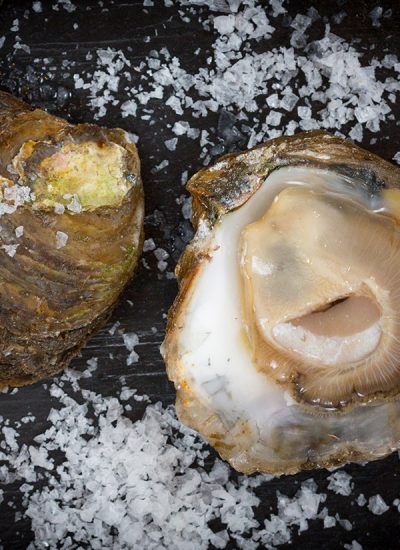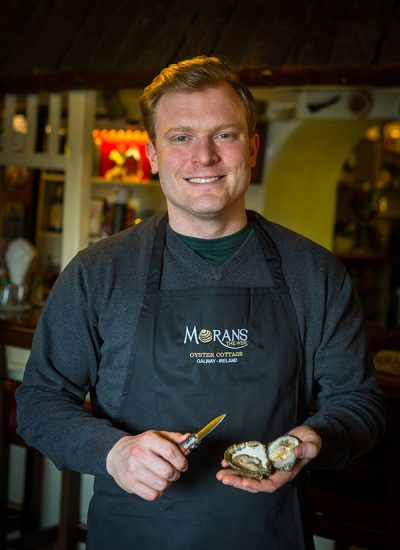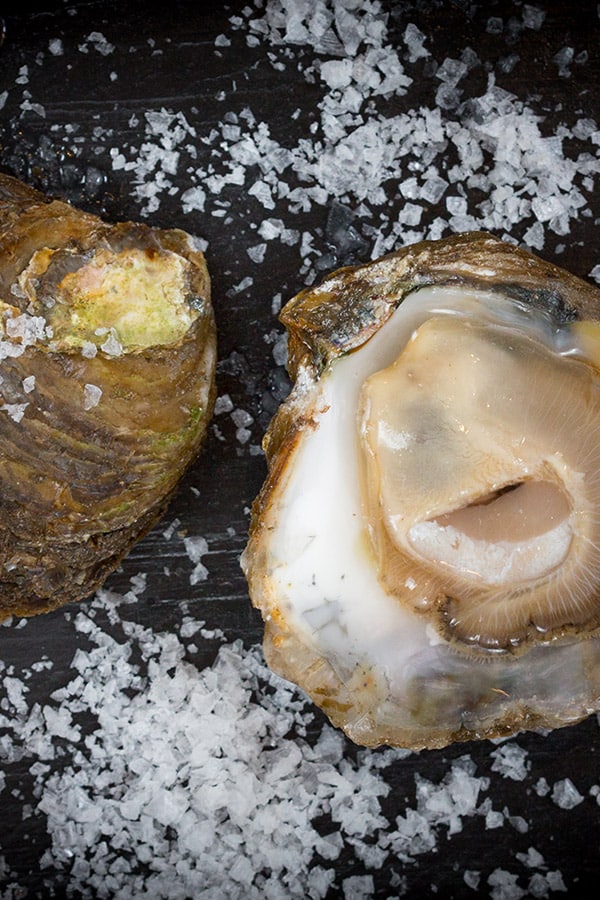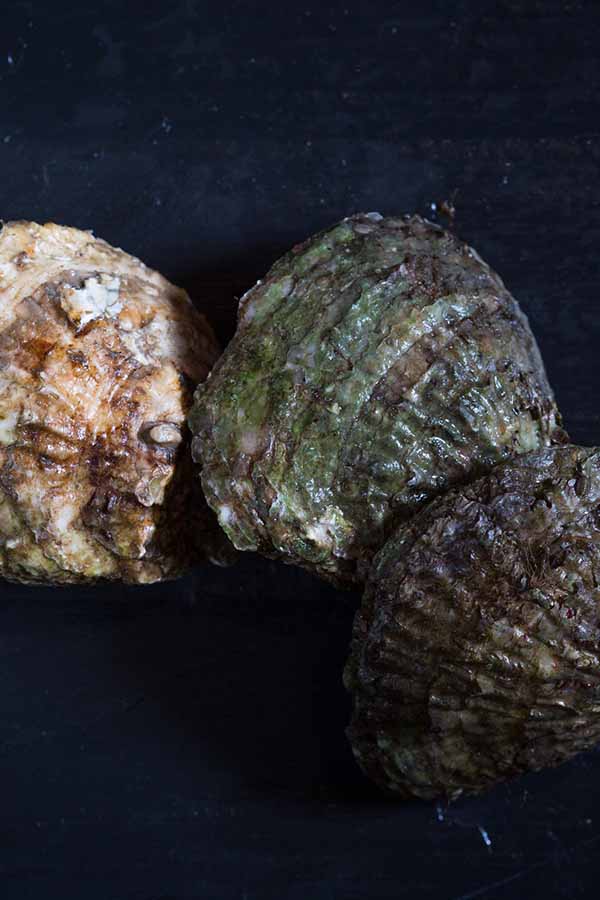Oysters
History, farming stages & nutritional value.


discover
Clarenbridge Oysters
Mouth of the Dunkellin & Clarenbridge Rivers
The Clarenbridge oyster bed in Galway is situated at the mouths of the Dunkellin and Clarenbridge rivers. It consists of 700 acres of sea-bed. Oyster beds require a combination of fresh and sea water. The Clarenbridge Oyster Bed is a natural bed. It is not cultivated in any way.
history
OYSTERS IN GENERAL
OYSTERS HAVE EXISTED SINCE PRE-HISTORIC TIMES.
The saxons enjoyed them before the Romans invaded Britain and there are those that would say it was for their excellent oysters that they invaded at all! Throughout their history, oysters have been regarded as a luxury but due to over-fishing the price dropped so low that at the beginning of the 19th Century they became the food of the poor. During the famine years people who lived near the sea survived on them. In about 1850, oyster culture started to become an industry and legislation in France and Britain protected the stocks.
The saxons enjoyed them before the Romans invaded Britain and there are those that would say it was for their excellent oysters that they invaded at all! Throughout their history, oysters have been regarded as a luxury but due to over-fishing the price dropped so low that at the beginning of the 19th Century they became the food of the poor. During the famine years people who lived near the sea survived on them. In about 1850, oyster culture started to become an industry and legislation in France and Britain protected the stocks.


the stages
OYSTERS FARMING
OYSTER FARMING IS A SKILLED BUSINESS INVOLVING FOUR SEPARATE STAGES:
- Collecting larvae (captage du naissain)
- Raising (l’elevage)
- Fattening (l’affinage)
- Preparation for market (l’expedition)
